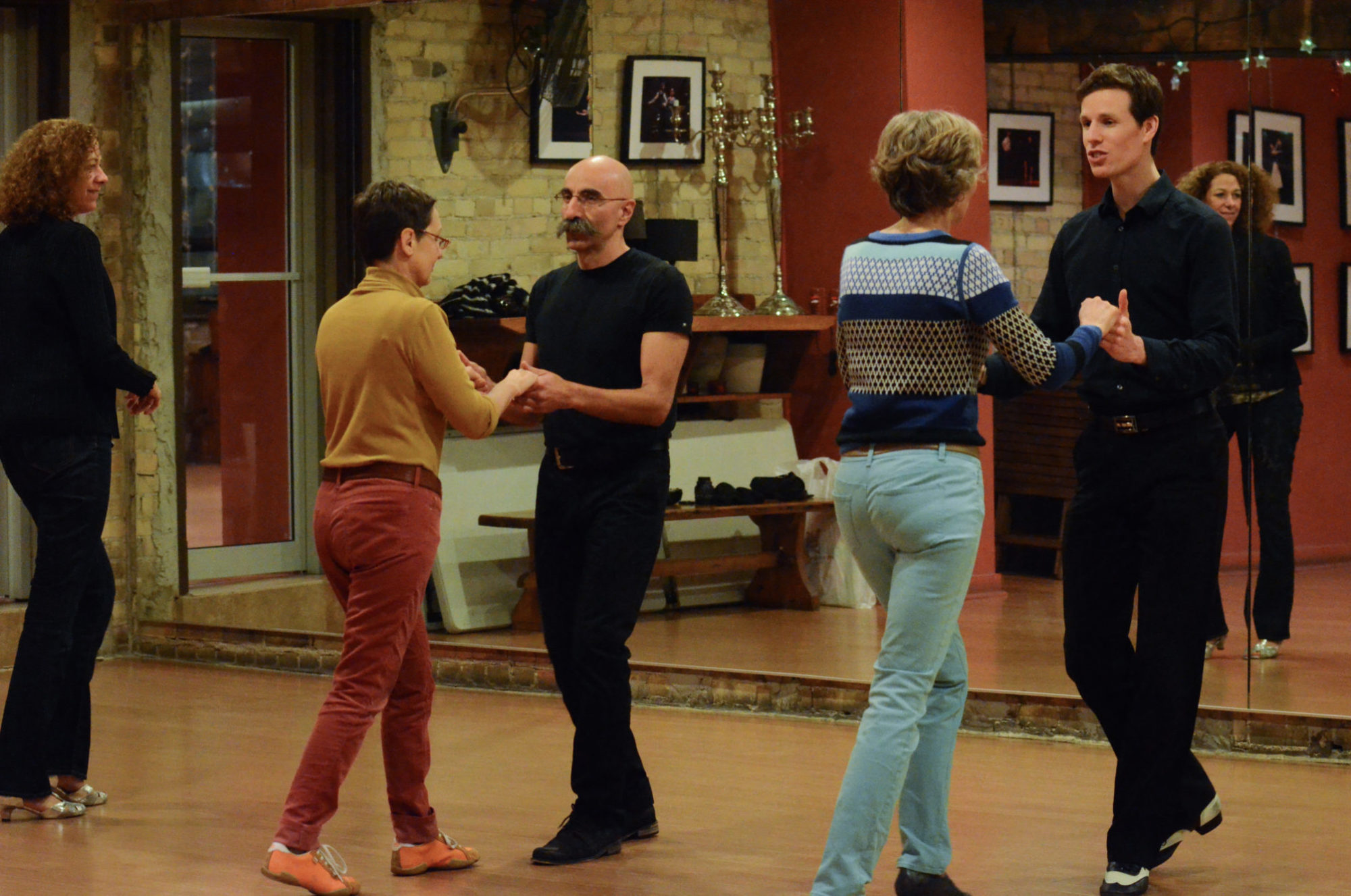We’ve been talking about how to avoid getting distracted by thinking during dancing, in order to make it more natural and fun for ourselves and our partner. When we raise awareness of what’s happening in our body, we remove focus from the part of our mind that’s constantly judging others, regretting mistakes, and planning for the future. This is not to say that planning the next step is bad, only that it will be replaced over time by the body’s intuitions - that is to say, it’s trained sense of what can naturally flow from the previous movement.
Trying to raise awareness can be a scary experience however. Many of us carry destructive thought patterns or ‘beliefs’ which we learned in childhood: ‘I am not enough.’ ‘I can never be a good dancer.’ ‘I have two left feet.’ ‘I am ugly.’ These voices often get louder when we raise awareness in our body, so we may have to weaken them before we can dance with greater confidence. In order to get there however, we must first understand the difference between who we are and what we identify with.
When we identify with something, it means we’ve tied some part of ourselves to it - things like the friends we keep, the car we own, and yes, the thoughts we hold. You can tell you’ve identified with something if the thought of losing it fills you with fear.
When we have the things we identify with around us, they make us feel safe. Even if some of those things are destructive to you, like fear-based beliefs. Losing something we’ve identified with can feel like we’re losing a part of ourselves. But here’s the paradox: Are you really defined by the money in your pocket, the house you own, and the beliefs you hold? These may all be great descriptors of you, but are they really you?
Here’s another way to think of it, and raise awareness at the same time: try watching your thoughts. Follow them, stalk them like a hunter in the jungle. Avoid forming opinions about them, but just allow them to be. Now, if you are your thoughts, then who is observing those thoughts? In truth, you are not your thoughts at all. Perhaps the best description is that you are a silent observer, a consciousness that watches with no thoughts at all.
This might seem like a roundabout way of explaining, but it’s necessary to arrive at a central truth: If you are not any of the things that you have, or think, then you have nothing to lose. This is the beginning of freedom, where we can start to dance, and live, with greater authenticity.
So at last, how can we raise awareness to stop the flow of negative, fear-driven thinking? Start by observing your thoughts, as you did earlier. You can do this while meditating, or working out, or doing any activity that slows your thinking at least temporarily. If impatience or frustration arise, just observe them like everything else - this is not a race to ‘get it’ as fast as you can.
As you raise awareness, you’ll find the stream of thinking slows, and even stops at times. You’ve created a ‘gap’ between observing and thinking, between who you really are and the filtering, judging, rationalizing mind. This gap gives you a chance to make a different choice when destructive thoughts arise - for instance, instead of reacting with shame, guilt, or anger, you might replace the thought with a more positive one, or even laugh at it for being so ridiculous. In this way, your mind, like your body, can be retrained to act in a way that comes from love rather than fear.
‘This is all well and good’, I hear you say, ‘but I still don’t see how raising awareness can improve my dancing.’ Next week, we’ll come full circle and explain how we can infuse this greater awareness into our dancing, so we can move fearlessly and authentically.
